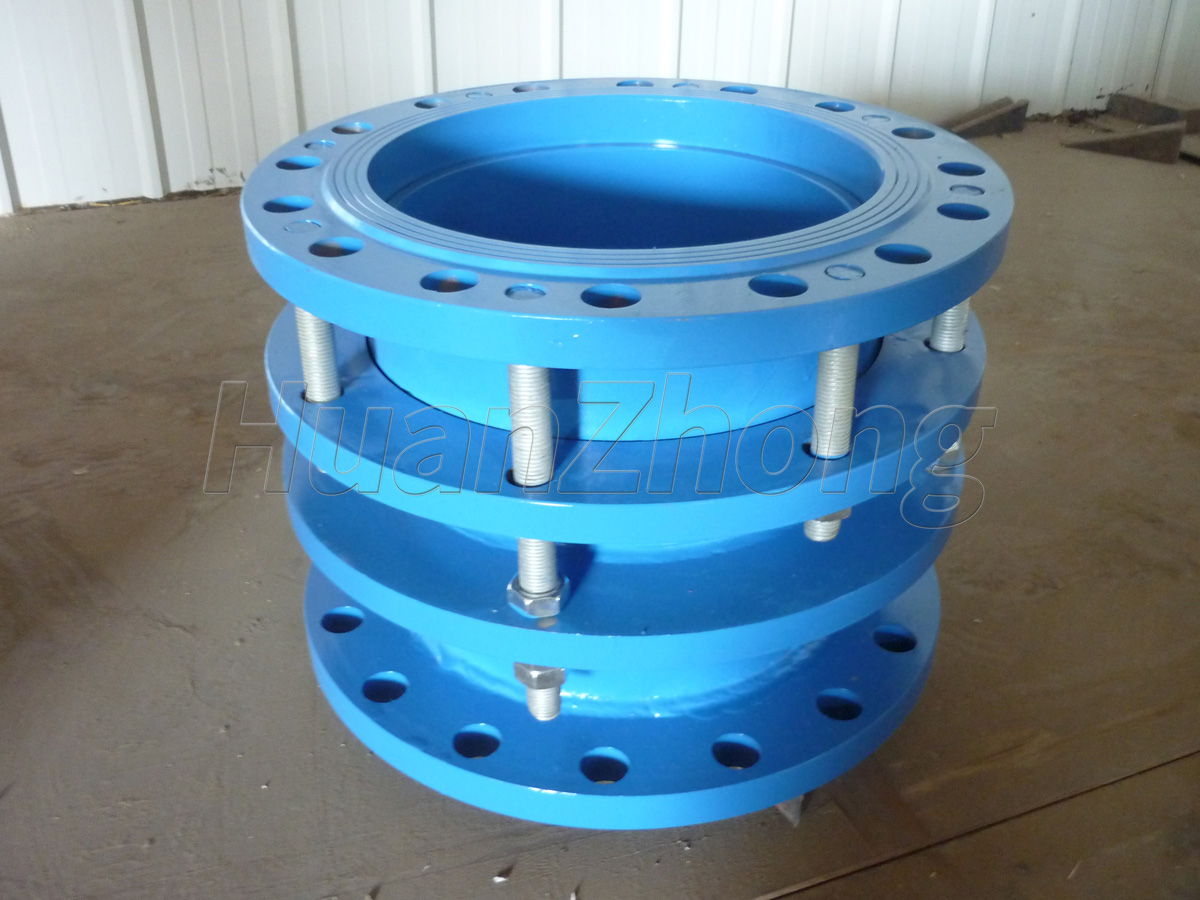Double Flanged Force Transmission Joint Connection.
Double Flanged Force Transmission Joint Connection. A double flanged force transmission joint connection is a type of mechanical coupling used in systems to connect two pipes or components. It provides a strong and reliable connection that can withstand high levels of force and pressure. In this article, we will explore the key features and benefits of a double flanged force transmission joint connection.
First and foremost, let's understand the basic components of a double flanged force transmission joint connection. It consists of two flanged ends and a rubber gasket or sealing material housed between them. The flanged ends have bolt holes that align with each other, allowing bolts to pass through and secure the joint. The rubber gasket provides a tight seal between the two flanges, preventing leakage and maintaining the integrity of the connection.
One of the primary advantages of a double flanged force transmission joint connection is its ability to transmit forces and absorb vibrations. When the pipeline system is subjected to external or internal forces, such as pressure surges or ground movements, the joint connection acts as a buffer and transfers these forces throughout the system, preventing stress concentration and potential damage. It effectively distributes the forces evenly, ensuring the overall stability and durability of the pipeline system.
Another key benefit of a double flanged force transmission joint connection is its ease of installation and maintenance. The flanged ends allow for quick and straightforward alignment of the pipes or components, enabling efficient installation without the need for specialized tools or equipment. Additionally, the joint connection can be easily disassembled for inspection, repair, or replacement of components, minimizing downtime and operational disruptions.
The versatility of a double flanged force transmission joint connection is worth highlighting. It is suitable for a wide range of applications, including water distribution systems, sewage treatment plants, industrial processes, and more. It can accommodate pipes of different materials and sizes, providing flexibility in designing and constructing pipeline systems. The joint connection is also compatible with various pipe materials, such as steel, cast iron, or PVC, making it a versatile choice for different project requirements.
To ensure the optimal performance and longevity of a double flanged force transmission joint connection, proper installation and maintenance practices should be followed. During installation, it is crucial to ensure that the flanged ends are aligned correctly and the bolts are tightened adequately to create a strong and secure connection. Regular inspection and maintenance are necessary to detect any signs of wear, corrosion, or damage to the gasket or bolts, and take appropriate actions to address them.
In conclusion, a double flanged force transmission joint connection is a reliable and versatile coupling solution for pipeline systems. Its ability to transmit forces and vibrations, ease of installation and maintenance, and compatibility with various pipe materials make it a popular choice in numerous applications. By following proper installation and maintenance procedures, pipeline operators can ensure the longevity and performance of this joint connection, contributing to the overall efficiency and reliability of their systems.
